I spent a summer working in an apple orchard on Bent Mountain, near the Blue Ridge Parkway in Virginia. It was one of the most memorable times of my life.
Read the story and see the photos.
In the early summer of 1987 I found myself in between jobs. I was planning a move to Atlanta in the fall, but wasn’t quite ready to leave the Roanoke Valley. That left a three month interim where I had little to do, so I looked about for a temporary job. A friend whose father owned several apple orchards south of Roanoke called to tell of something that might interest me. I love just about anything associated with gardening, so when his father described the job to me over the phone, I didn’t even hesitate.

The following Monday morning I drove south of Roanoke via the Blue Ridge Parkway to where Mr. John had his orchards at the top of Bent Mountain. Mr. John met me at one of his large old barns, and told me that I could wait to begin working in the apple orchard, as he needed me for something else first. I followed him to an enormous cabbage patch, where I would spend the next two weeks, hoeing, weeding, and spraying the long rows.
For those who have never spent a day at hoeing and weeding, let me just say that it can be back-breaking work, especially since I am tall and have to bend when chopping with the hoe. My hands were unused to the work; within hours I had blisters on both palms. There’s also the constant bending and squatting to pull weeds that are too close to the plant for the hoe. More than once I reached under a cabbage leaf to grab a weed and exposed a black snake, hiding there to catch a toad.
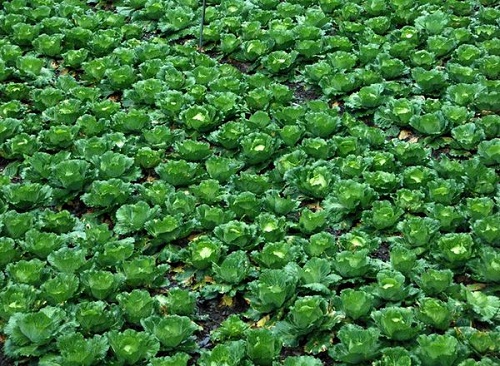
But the May days atop Bent Mountain were fair, and my hands healed and roughened. I took to taking off my shirt early in the day so that within days I was the brownest I had ever been. I lost my “winter fat” and slept like a baby at night, barely staying awake through dinner. I arose at the crack of dawn each day and was in the patch while the dew was still on. The early morning drives down the Blue Ridge Parkway, where the air is so fresh and the views are breathtaking, were a balm to my soul. My day began and ended with that refreshing drive.
Back in the patch, I marked the sun’s progress each morning by the cabbage leaf shadows. When they disappeared under the plants I knew it was high noon. I took my lunches under the sparse shade of a dogwood—usually a sandwich and a Yoo Hoo—with the ever-present twitter of birds to serenade me. I wouldn’t see Mr. John for days at a time. I suppose he judged I was still working by the fresh hoe marks I left in the dirt each day.
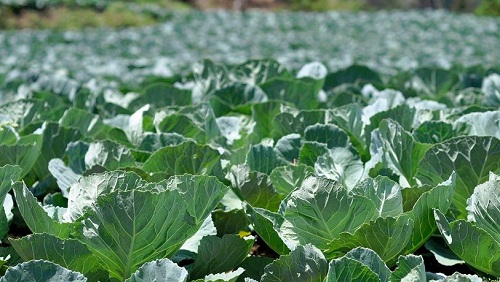
After a couple of weeks the cabbage patch was in good shape. Mr. John showed me the first of the orchards, where the hundreds of apple trees in their long rows had just finished blossoming. The last of the petals were blowing about like confetti in the breeze. It was almost magical. These were mature trees, but even mature apple trees are not huge. Yet the limbs were quite strong enough to support me, and I could stick my head up above the canopy on most of them.
Fortunately, Mr. John had already sprayed the trees for insects, so my first job was to prune the limbs. Sometimes apple farmers will do most of their trimming in the winter months, but that was not the case here. When a limb is diseased, damaged, or rubbing another branch it should be removed. I also had to remove “suckers,” the upright growths from the bottom of the trees, and “watersprouts,” which are the upright new growths from limbs. Both of these interfere with the mature limbs and sap energy needed for the apples. I had a hand pruner for the smallest branches, and a simple toothed saw for the larger ones.
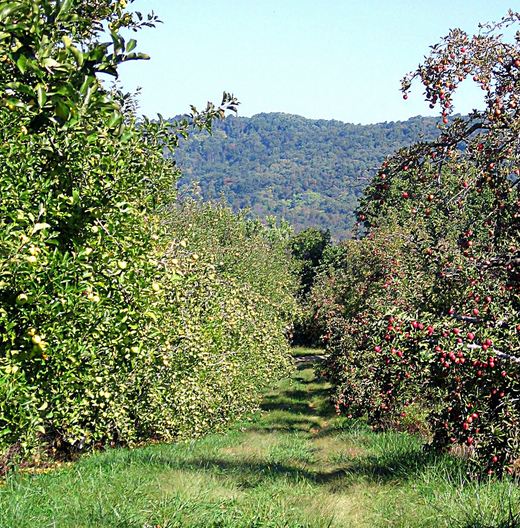
It was strenuous work. There were times when my hand became so weak from the hand pruner that it seized up and I couldn’t make a fist. I would use one hand, then the other, in a bid to keep the cramps at bay. Eventually my hands strengthened to the point where I could prune for hours on end.
The sawing of the larger branches was much more intense. It was often awkward to brace myself correctly up in the tree so that when I sawed a limb I didn’t fall backwards out of the tree. And if you sawed too vigorously you could end up shaking the young apples off the tree, so there’s that.
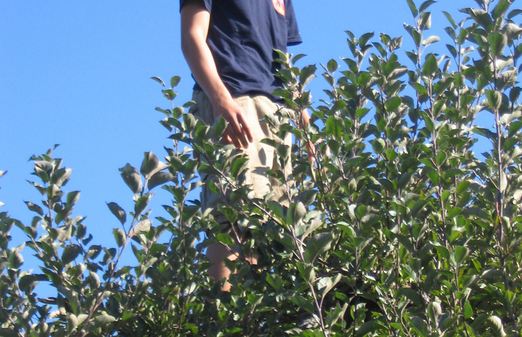
As I arrived each morning and surveyed the amount of work completed against what I had yet to do, it could seem daunting. The biggest problem I had was figuring out where I had left off the day before. All the rows and trees looked alike. I eventually came up with a system where I put an odd-shaped stick in the fork of the last tree of the day.
Working alone all day– just me and the birds in the orchard–I had a lot of time to think. I thought about my years living in the Roanoke Valley. I thought of what might lie ahead for me in Georgia. I thought about how hard it was going to be to say goodbye to my friends. And then I thought about how exciting it would be to live in Atlanta. Hours would pass, and it seemed as if I was on auto-pilot, trimming each tree methodically without thinking much about it.
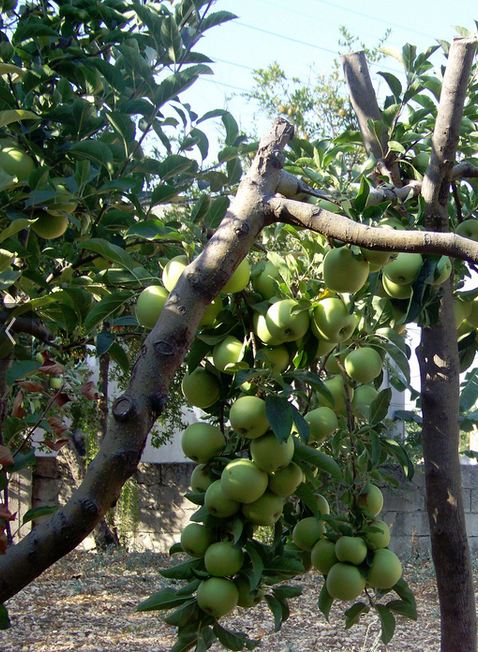
I was making real progress, though. I would arrive with my paper sack lunch, a Thermos jug of ice water, and a portable radio. As I finished one tree I would move the food, water, and radio with me to the next tree.
There weren’t many inherent dangers working in the trees. I had to swat yellow jackets on occasion, and every once in a while chase a snake out of the tree. Otherwise I had the orchards pretty much to myself. Birds would sing nearby, but few had nests in the apple trees. One day, though, I did hear quite a ruckus in the next row over, and went to investigate. Two robins were dive-bombing a chicken snake that had almost reached their nest. I knocked the snake out of the tree and chased him on his way. That was about the most excitement I had in the orchards all summer. That is, if you don’t count the thunderstorms.
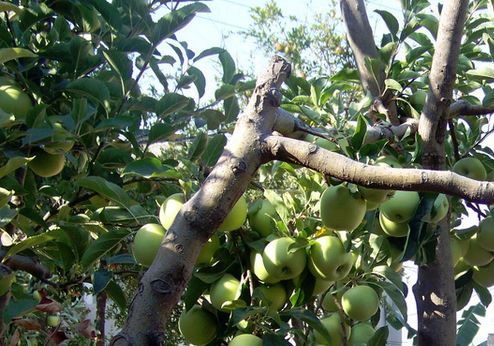
When you spend your days in the tree tops, you don’t get a good gander at the sky. Besides, I was too preoccupied with the sawing to notice what was happening with the clouds. Several times that summer a thunderstorm blew up and was right on top of me with almost no warning. A sudden boom–the sun disappearing behind the clouds–and I would barely have time to grab my things and make it to my truck. I always parked my Ford F-150 in the shade of an old oak, so I would use the storm break to have lunch in the truck. A couple of times I even snuck in a short nap, with the raindrops pattering on the truck roof.
Often there would be storm damage when I returned to the orchard. Entire limbs would be broken—which required more sawing—and quite a few apples could be lost if the winds were high enough.
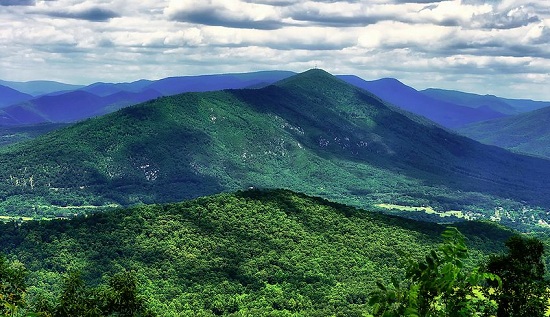
Eventually I had the trees all trimmed and the branches cleaned out of the orchard. Next up, it was time to cull the apples. Mr. John had several varieties of apples and I eventually learned all their names. Before I went to work there I only knew my favorite apple, the Golden Delicious. Mr. John raised those as well as Jonagolds, Red Delicious, Empire, Rome, Winesap, and Granny Smiths.
During the early weeks the apples were so small I hardly paid any attention to them. But as they began to fill out I was astonished at how many there were. Sometimes the branches seemed likely to break under the weight of a large cluster. There are two ways of dealing with that situation.
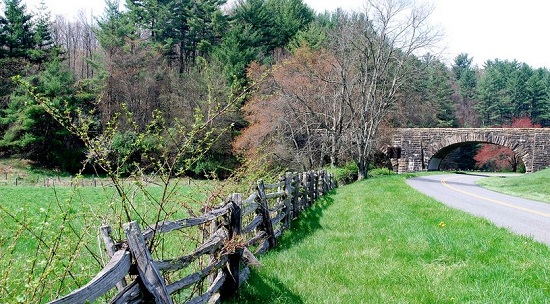
In some cases and with certain apples, it is best to just thin them out. The apples that aren’t removed will benefit from not having to share the resources, so they grow much larger. Mr. John pointed out to me the types that should be thinned. Naturally, if a young apple appeared diseased or had a hole in it, it was the first one to go. Apples (or branches) that rub together can cause problems as well. Usually only two or three apples were left on a single node.
But other trees were different. I’m not exactly an apple expert, but there were some trees that Mr. John treated differently. Rather than thin the apples he would brace the limbs in an effort to save as many as possible. I suppose it depends on the variety of apple and how tough the tree limbs are.

It was the end of August, when the apples were nearing harvest time, that I had to leave the orchard to prepare for my move away from Virginia and the Blue Ridge Mountains. I thanked Mr. John on that last day, and he told me I could come back to work for him any time. That’s always nice to hear. Then I took that last drive up the Blue Ridge Parkway to Roanoke, savoring the beauty and soaking it all in on that bittersweet drive.
I never got to taste even one apple.
© Wade Kingston
